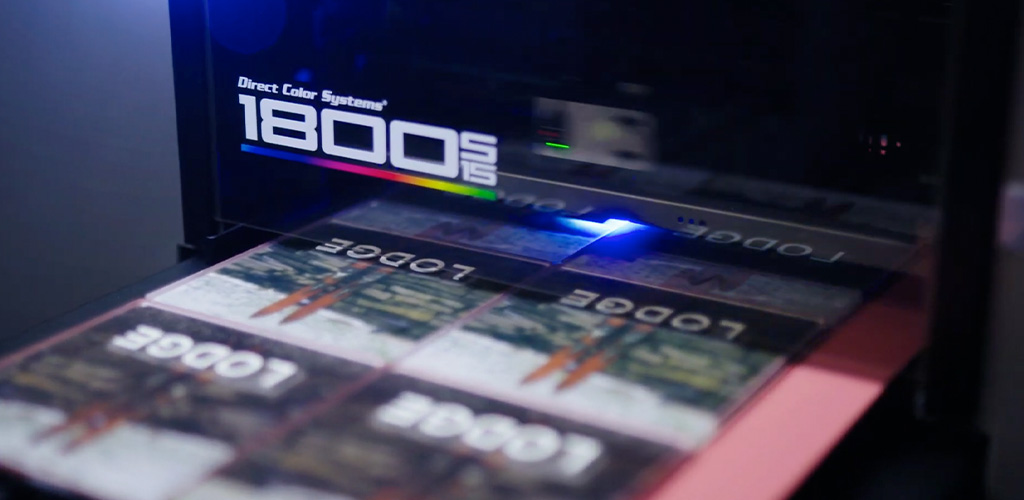UV printing (ultraviolet printing) has become a revolutionary technology in the world of digital printing. Its versatility, quality, and ability to work with a wide variety of materials have made it essential in industries such as signage, decoration, and advertising. If you’re new to this field and want to understand how UV printing works, you’re in the right place! This guide explains it clearly and simply.
What is UV Printing?
UV printing is a digital technology that uses special ink cured by ultraviolet light to print directly onto a wide range of materials. Unlike traditional methods, where inks require time to dry, in UV printing, the ink dries instantly when exposed to ultraviolet light emitted by lamps or LEDs. This technology allows printing on rigid materials such as acrylic, wood, glass, and metal, as well as on flexible materials like vinyl and fabrics.How Does UV Printing Work?
-
Design Preparation
It all begins with a digital design created in software such as Adobe Illustrator or CorelDRAW. This file is optimized for the UV printer, ensuring that colors and dimensions are accurate. -
Material Selection
UV printing is extremely versatile. You can print on:- Acrylic
- Glass
- Wood
- Metal
- PVC
- Ceramic
-
Ink Application
The UV printer deposits tiny drops of ink onto the surface of the material. UV inks are formulated to adhere precisely and evenly. -
Curing with Ultraviolet Light
Immediately after the ink touches the surface, a built-in UV light cures (dries) it instantly. This quick process prevents the ink from smudging or spreading, ensuring a clean and professional finish. -
Additional Finishes (Optional)
Depending on the project, you can add finishes such as varnish to enhance the colors or protect the print from external factors.
Advantages of UV Printing
- High Print Quality: UV technology enables extremely precise resolution, ideal for fine details, small text, and vibrant colors.
- Versatility of Materials: You can print on almost any surface, from traditional materials to three-dimensional objects.
- Durability: UV-cured inks are resistant to scratches, moisture, and UV rays, making them perfect for both indoor and outdoor applications.
- Quick Drying Time: Instant curing speeds up production times.
- Lower Environmental Impact: Unlike other techniques, UV printing uses solvent-free inks, reducing emissions of volatile organic compounds (VOC).
Common Applications of UV Printing
- Signage:
- ADA signs with Braille
- Corporate signage
- Custom interior and exterior signs
- Decoration:
- Printing designs on glass for office or home decoration
- Printing on wood for furniture and decorative panels
- Advertising:
- Promotional displays
- POP (point of purchase) materials
- Banners and trade show stands
- Product Personalization:
- Customized gifts (mugs, phone cases, etc.)
- Corporate promotional materials
Tips for the Best Results with UV Printing
- Choose the right material: Ensure the material is compatible with the UV printer and the project you want to create.
- Prepare the surface well: Some surfaces, like glass or metal, may need pretreatment for proper ink adhesion.
- Use high-quality designs: High-resolution designs guarantee better results in the final print.
- Adjust color profiles: Configure the printer’s color profiles correctly to achieve precise and vibrant colors.
- Keep the UV printer in good condition: Regular maintenance prevents quality issues.
